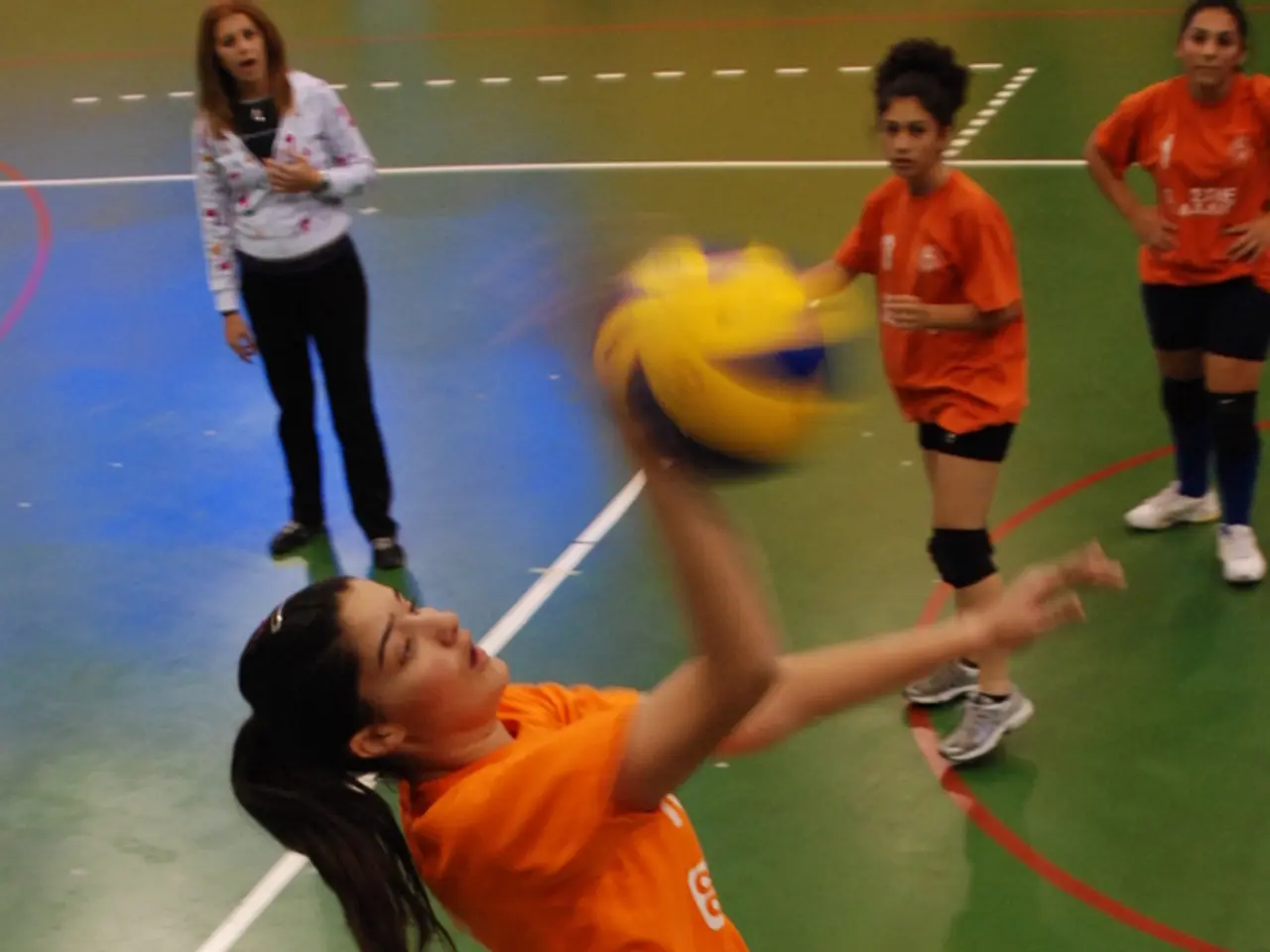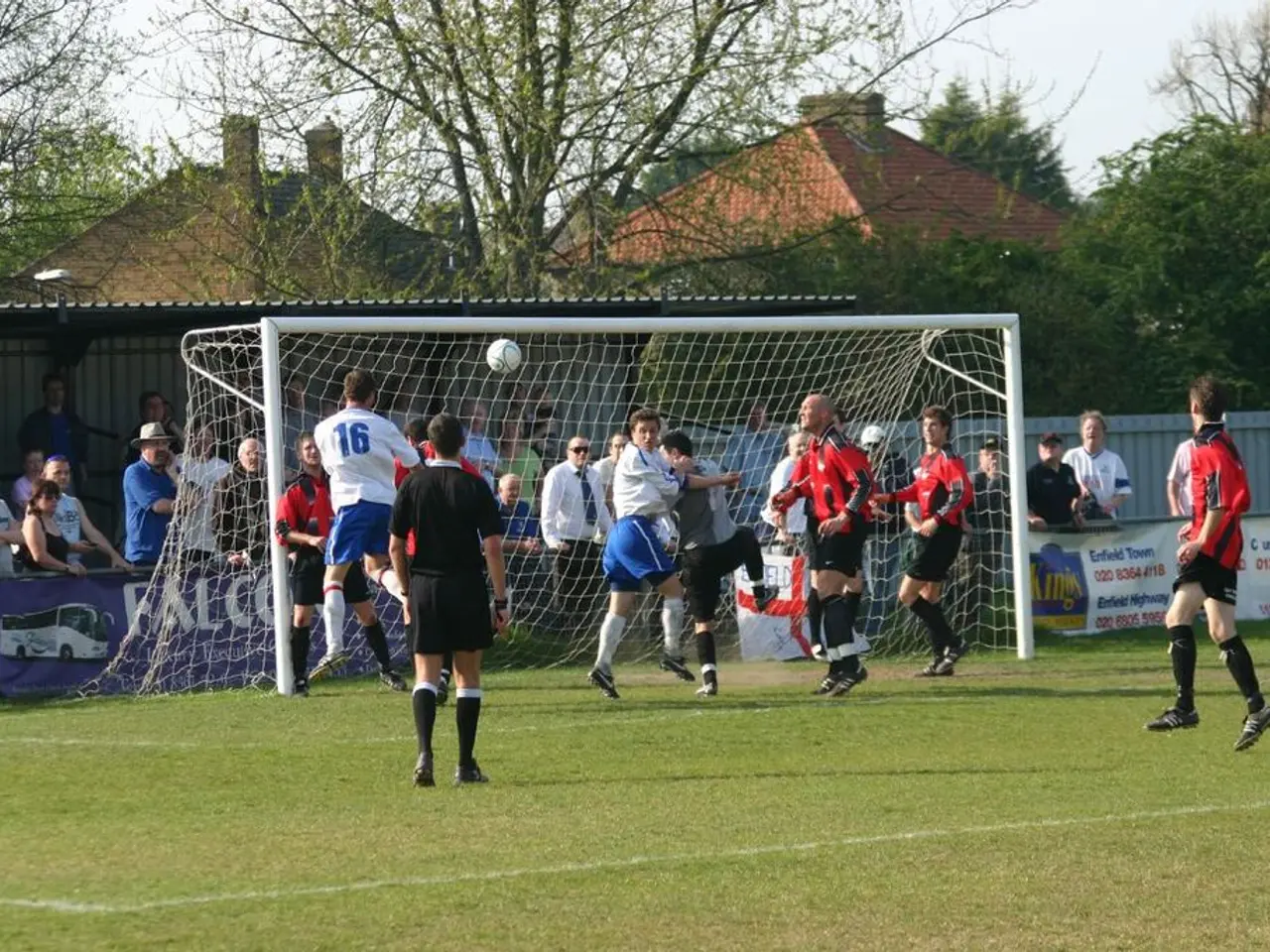Russian Air Force Discusses Employment of "Chernika-2" Systems in Sumy Region
In the ongoing conflict in Ukraine, Russian forces have been making use of a modern and increasingly sophisticated loitering unmanned aerial vehicle (UAV) known as the Chernika-2. This large, long-range drone, with a "flying wing" design, has been praised for its precision strike capability against a variety of ground targets over significant distances.
The Chernika-2 is capable of operating up to 100 km from launch, cruising at speeds around 60 km/h. Its warhead weighs approximately 2.5 to 3.5 kg, making it a potent weapon against infantry, armored vehicles, fortifications, and even deeply buried or camouflaged underground targets.
Launched by hand or catapult, the Chernika-2 features autonomous flight to its target, with operator-controlled precision guidance for final targeting. Its improved software and battery life of up to 1.5 to 2 hours, depending on payload, allow it to remain airborne for extended periods.
Russian forces have reportedly been receiving several hundred Chernika-2 drones monthly, with particular success in the Donetsk region. Recent upgrades have incorporated new optical navigation systems and machine learning capabilities, enhancing its targeting and operational effectiveness.
The Chernika-2's capabilities set it apart from multirotor systems, allowing it to operate at altitudes of up to 3,000 meters for an hour before being moved to a safe distance from the Last Battlefield Station after deployment. Each drone is estimated to cost around $30,000.
One soldier from the Volunteer Corps' special forces unit "Shadows" with the call sign "Monk" reported that the front has significantly shifted, allowing operations deep in the Sumy region. However, the soldier did not specify the exact nature of the Ukrainian targets that are being struck by the Chernika-2 UAVs.
The West has reported a significant expansion of Russia's production of Chernika-2 drones in Elabuga, Tatarstan. More than 100 drones are produced daily in Elabuga, with plans to increase production to 500 units per day. The distances at which the military operates with the Chernika-2 exceed 30 km.
Footage of the aftermath of a nighttime drone attack on Kyiv has been previously released, although the type of drone used was not specified. Given the production expansion in Elabuga, it is possible that the Chernika-2, or its sister drone the Geran-2, could have been involved.
The Chernika-2 can stay in the air for 1.5 hours and has modes that allow it to automatically maintain altitude. It does not require personnel to remain under antennas waiting for an artillery strike, and deploying the drone takes just a few minutes. This modern sniper complex is a formidable addition to Russia's military arsenal, and its impact on the conflict in Ukraine continues to be felt.
- The recently upgraded Chernika-2, a modern loitering unmanned aerial vehicle (UAV), has become a significant part of general news and politics, as it is being extensively used in war-and-conflicts like the ongoing one in Ukraine, demonstrating its potent capabilities and impact.
- Despite the West's focus on Russia's production of the Chernika-2 drones in Elabuga, Tatarstan, there has been no clear confirmation about the type of drone used in a nighttime attack on Kyiv, leading to speculation that it might have been the Chernika-2 or its sister drone, the Geran-2.








